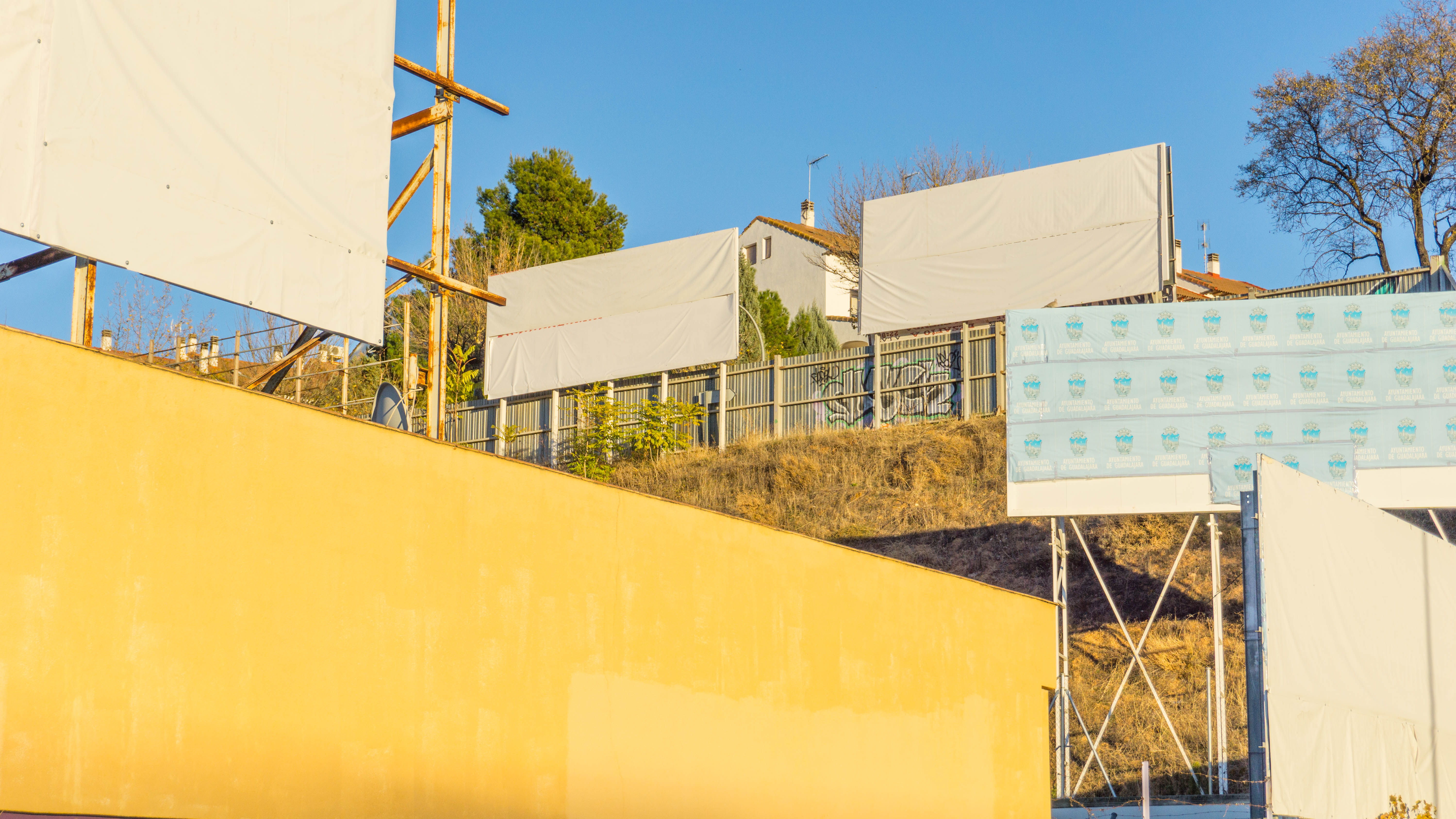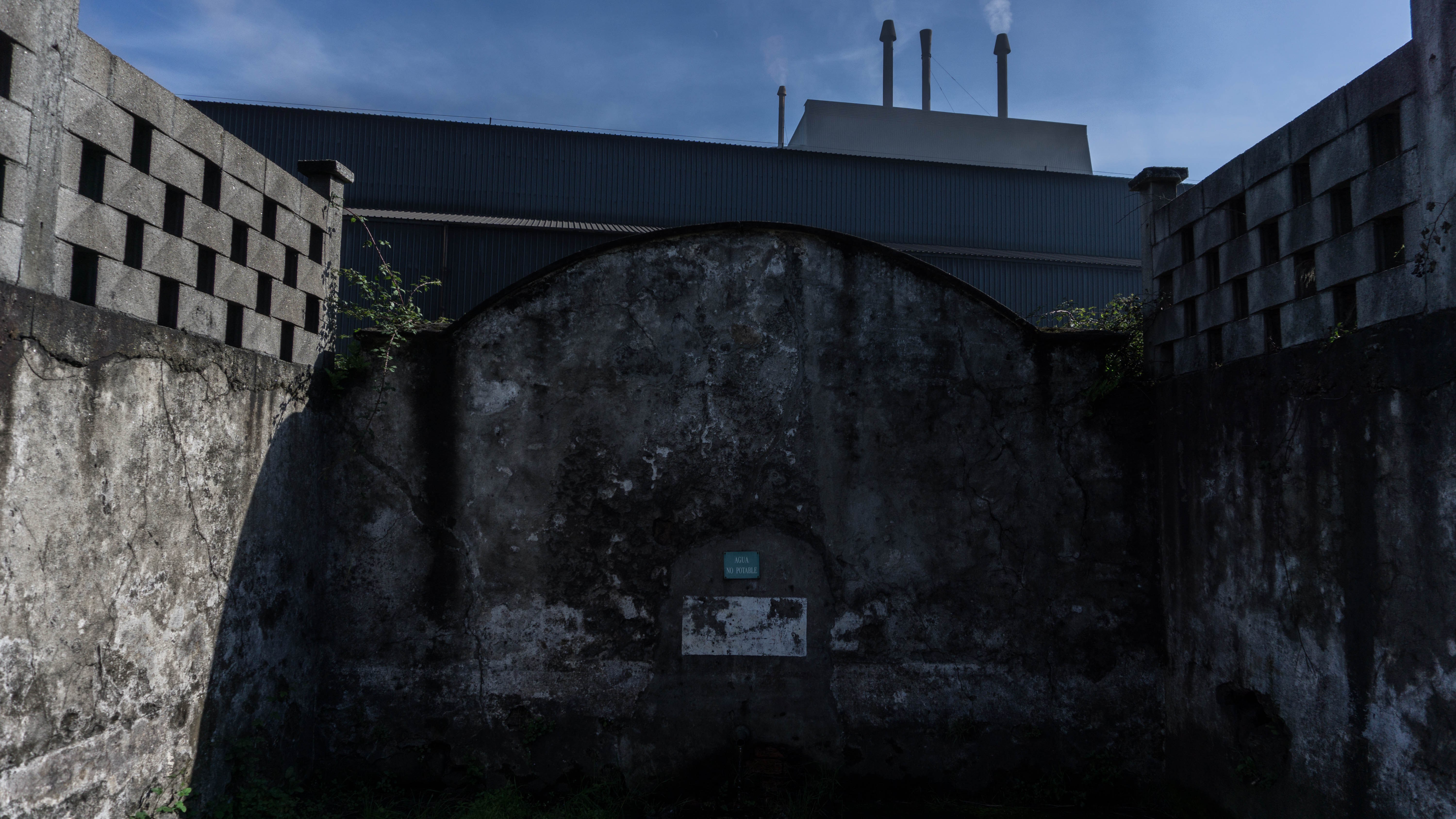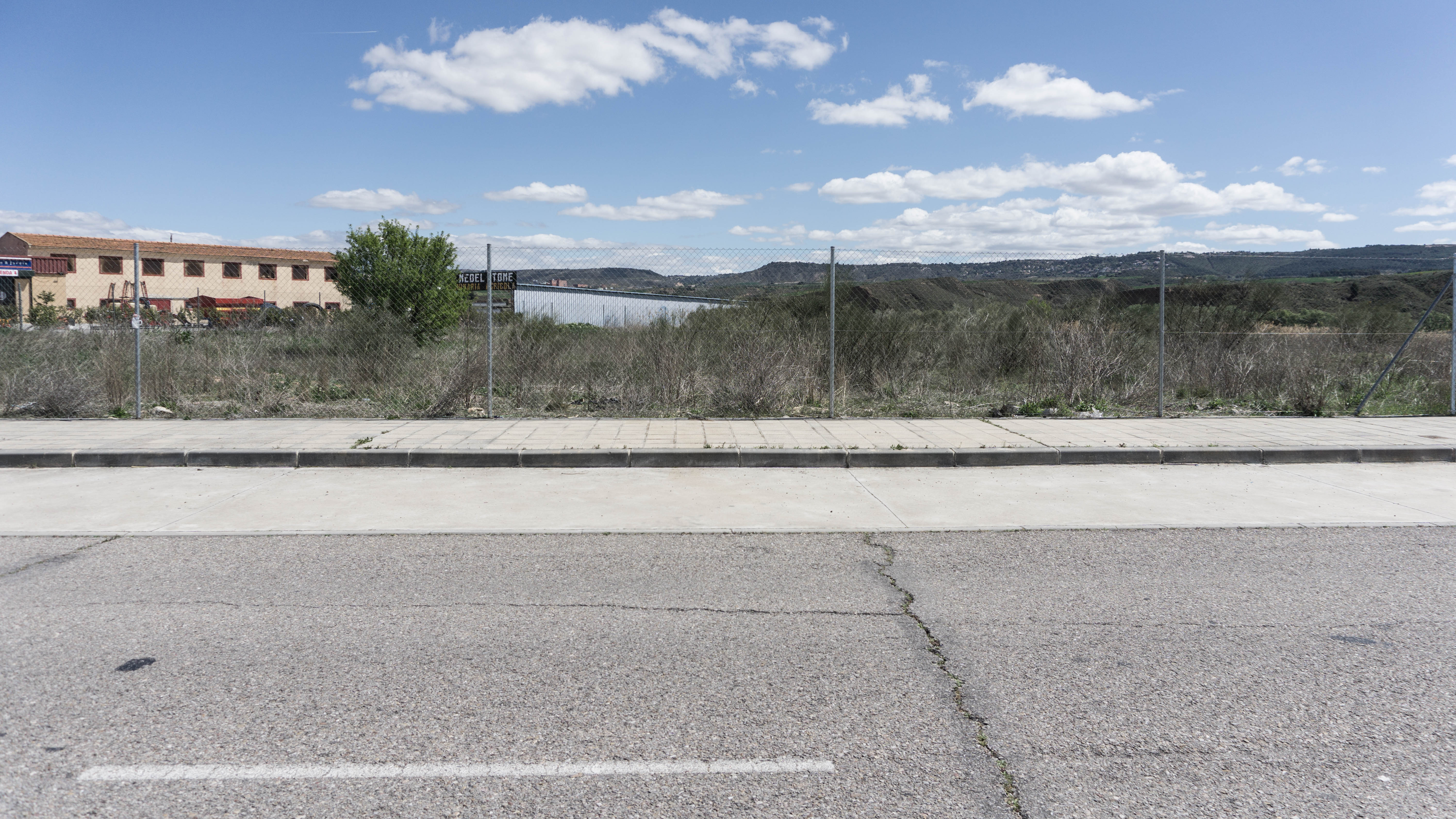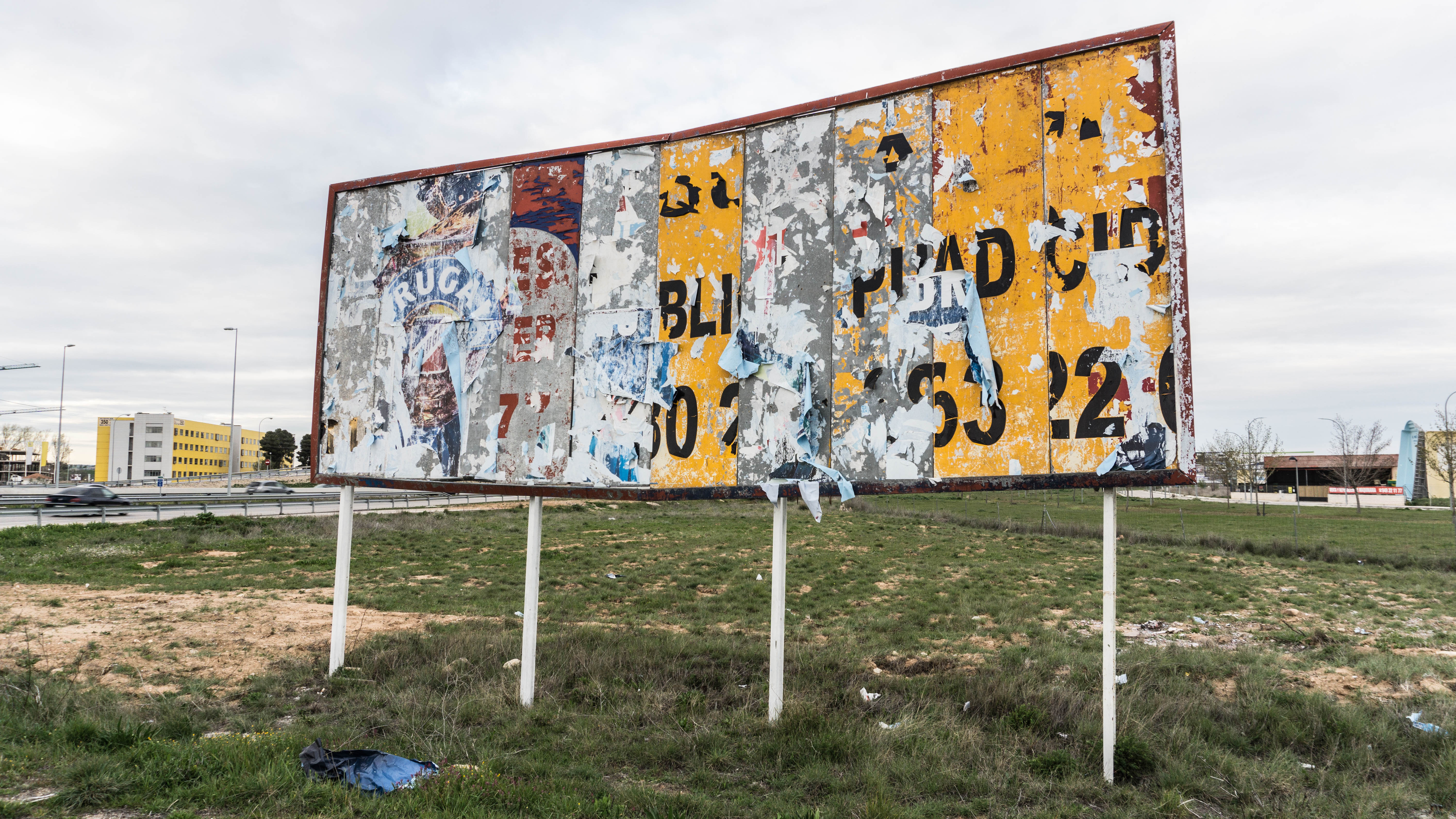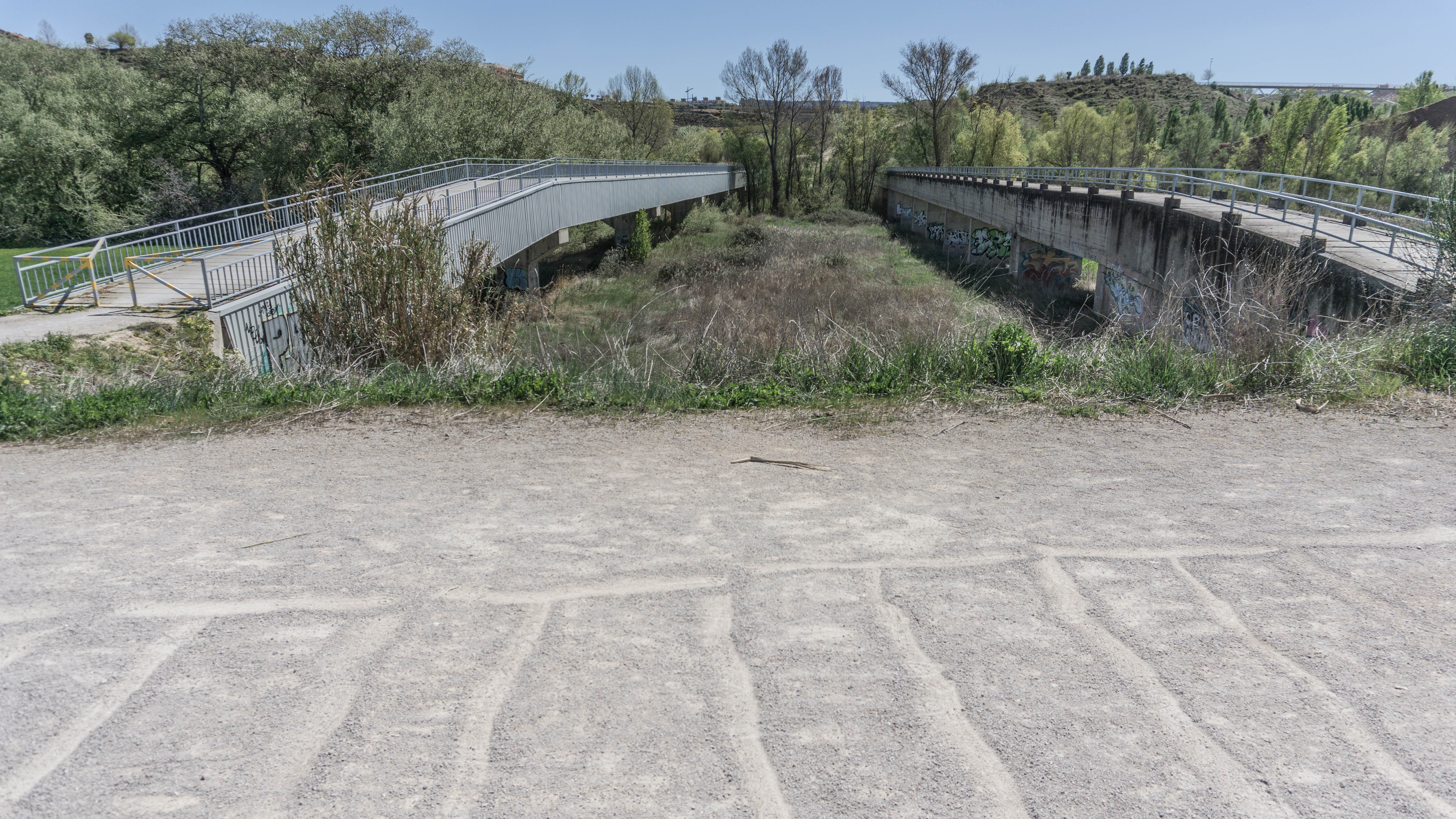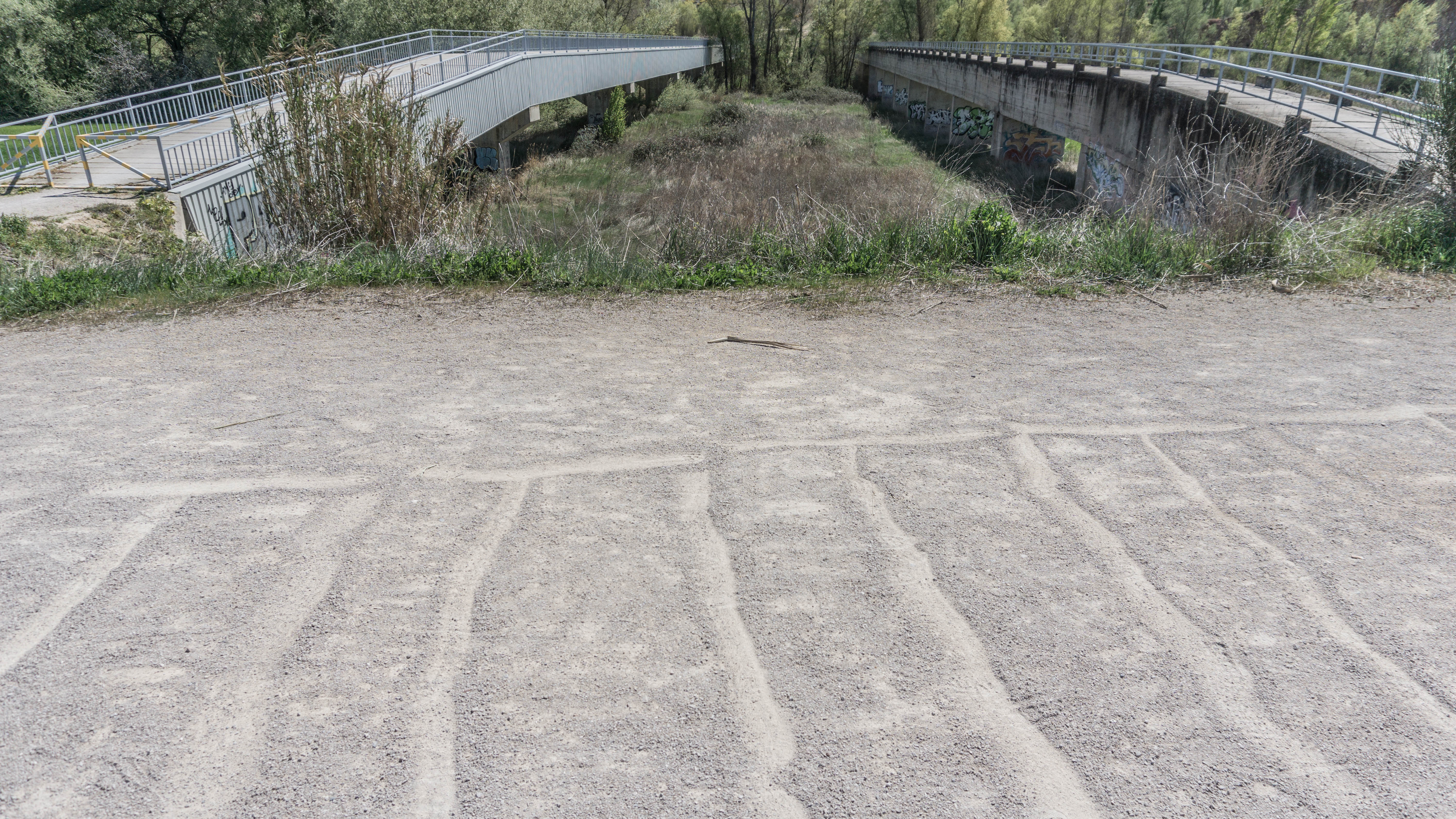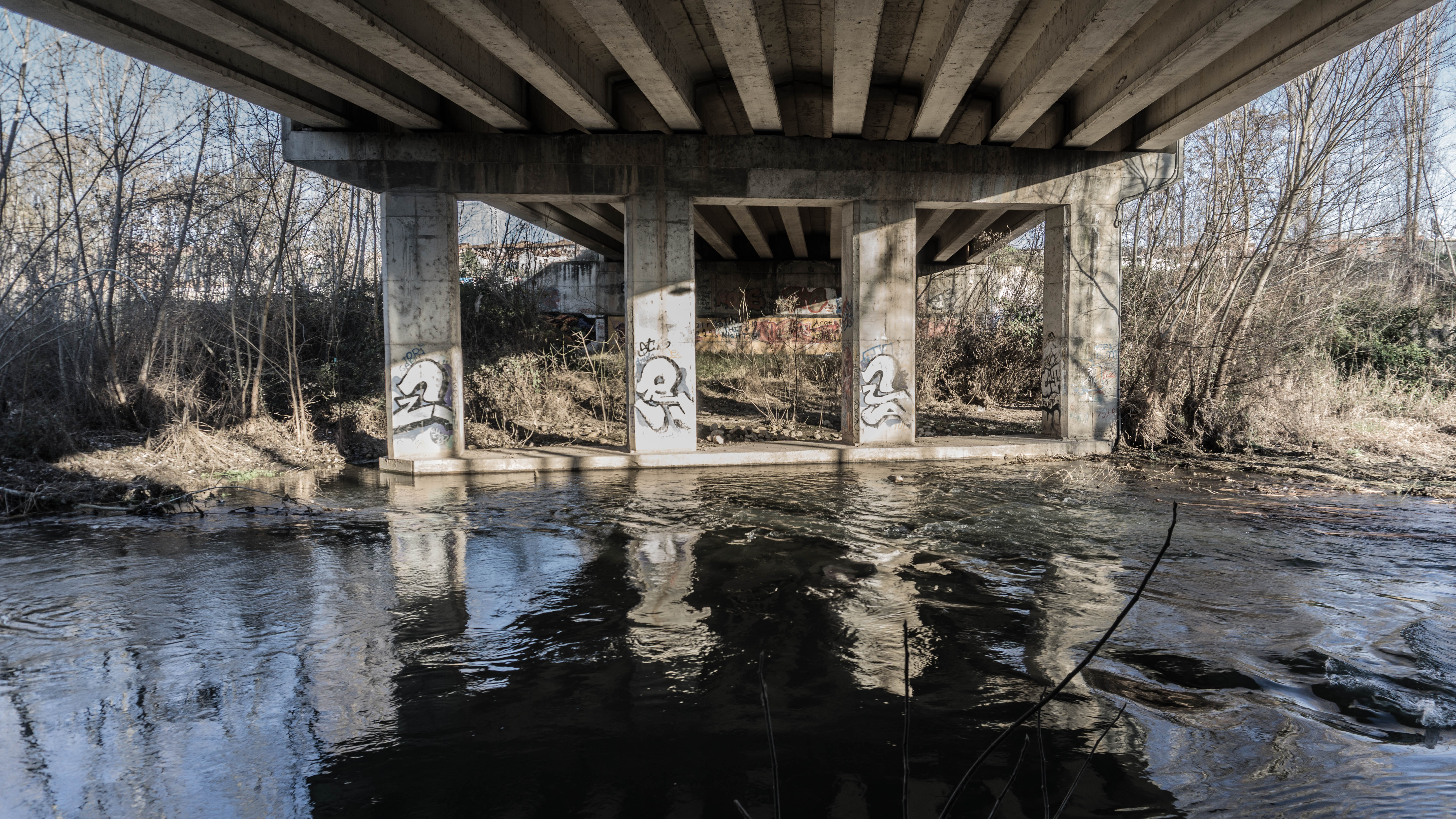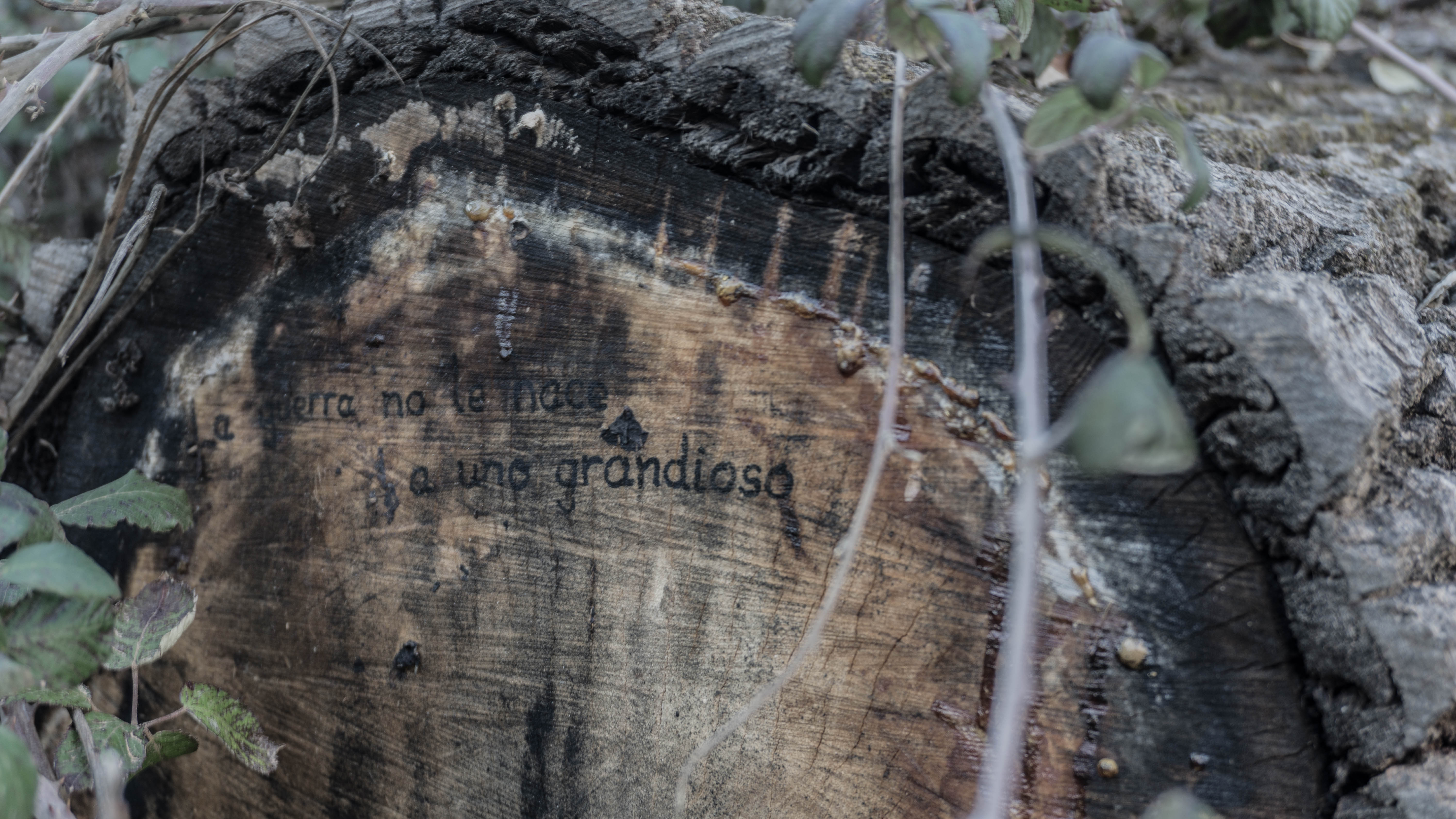Vives donde vives,
trabajas en lo que trabajas,
hablas como hablas,
comes lo que comes,
llevas la ropa que llevas,
miras las imágenes que ves…
Cada uno vive como puede.
Uno es quien es
“Identidad”…
de una persona,
de una cosa,
de un lugar.
“Identidad”
La palabra en sí me estremece.
Suena a calma, comodidad, satisfacción.
¿Qué es la identidad?
¿Saber de dónde eres?
¿Conocer tu valía?
¿Saber quién eres?
¿Cómo se reconoce la identidad?
Nos estamos creando una imagen de nosotros mismos,
tratamos de parecernos a ella…
¿Es eso lo que llamamos identidad?
¿El acuerdo
entre la imagen que hemos creado
de nosotros mismos
y… nosotros mismos?
¿Quién es ese “nosotros”?
Vivimos en las ciudades.
Las ciudades viven en nosotros…
el tiempo pasa.
Nos mudamos de una ciudad a otra,
de un país a otro.
Cambiamos idiomas,
cambiamos de hábitos,
cambiamos de opiniones,
cambiamos de ropa,
lo cambiamos todo.
Todo cambia. Y deprisa.
Las imágenes sobre todo,
cambian más y más rápidamente,
y se han estado multiplicando a un ritmo infernal desde la explosión que desató la aparición de las imágenes electrónicas.
Las mismas imágenes que están ahora sustituyendo a la fotografía.
Hemos aprendido a confiar en la imagen fotográfica.
¿Podemos confiar en la imagen electrónica?
Con la pintura todo era sencillo.
El original era único y cada copia era una copia, una falsificación.
Con la fotografía y el cine empezó a complicarse.
El original era un negativo.
Sin una copia no existía.
Justo lo contrario.
Cada copia era el original.
Pero ahora con las imágenes electrónicas y el sonido digital ya no existe ni el negativo ni el positivo.
La idea del original está obsoleta.
Todo es una copia.
“Notebook on cities and clothes”, Wim Wenders.














